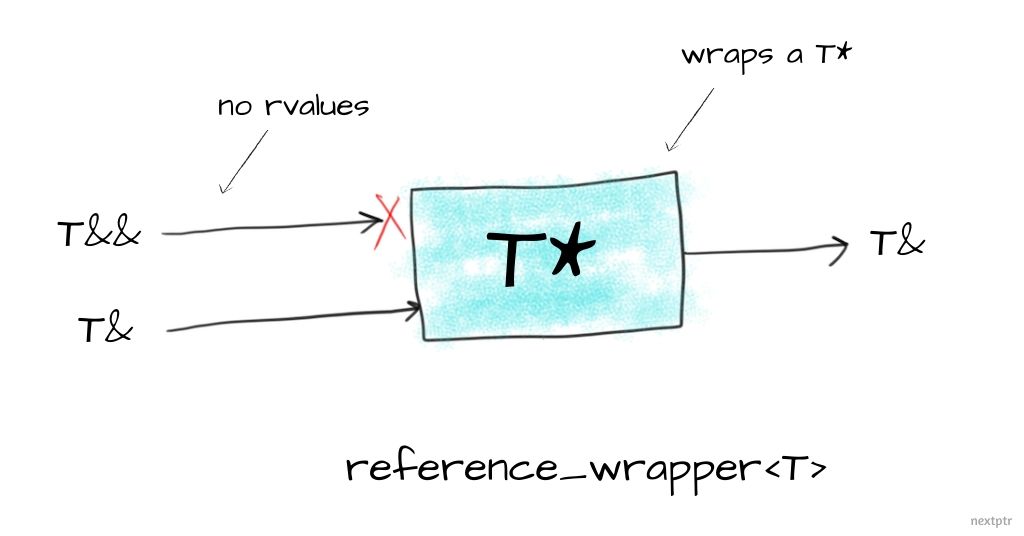Various Template Improvements with C++20--Rainer Grimm
Small thing to make life better.
Various Template Improvements with C++20
by Rainer Grimm
From the article:
Admittedly, I present in this post a few small improvements to templates and to C++20 in general. Although these improvements may seem not so impressive to you, they make C++20 more consistent and, therefore, less error-prone when you program generic.

 Motivation behind reference_wrapper and common use cases.
Motivation behind reference_wrapper and common use cases.